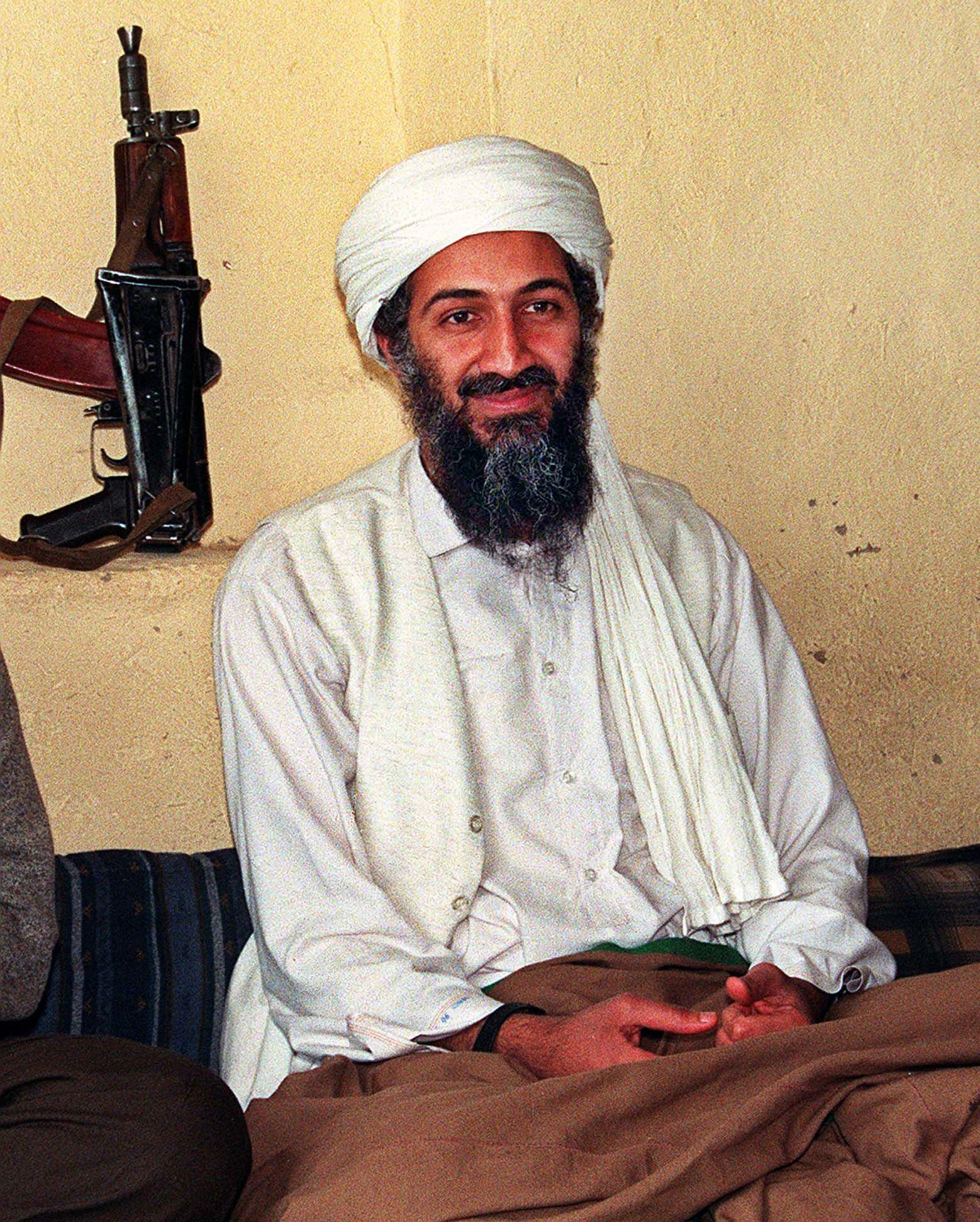The al-Qaeda that attacked the USA on 9/11 is not the same al-Qaeda the United States fights today. Once based in Afghanistan with a strong leader who ordered attacks on Western capitals, it has become a diffuse movement with offshoots that threaten nations across the Muslim world.
Al-Qaeda's leadership has been driven out of its former safe haven in Afghanistan and weakened by U.S. drone attacks in neighboring Pakistan. It has taken advantage of chaos created by the Arab Spring revolutions that began in 2011 and joined insurgencies that control territory across North Africa and the Middle East — in Nigeria, Mali, Libya, Somalia, Yemen, Syria and Iraq.
"Al-Qaeda has become weaker, and its affiliates have become stronger," said Patrick Johnston, a terrorism analyst at RAND.
Some examples:
• Egypt is fighting al-Qaeda and Islamist insurgents in its Sinai Peninsula.
• The United Arab Emirates and Egypt sent fighter jets to Libya to bomb Islamist militias seeking to overthrow the Tripoli government, which operates in exile.
• Al-Qaeda in the Arabian Peninsula, which was fighting in Yemen, has spread throughout the Arab Peninsula into Jordan and linked with al-Qaeda elements spreading through Syria and Iraq. An al-Qaeda offshoot, the Islamic State, which broke with its parent organization, has emerged as the United States' top terror concern in the Middle East.
• Somalia's al-Qaeda affiliate, al-Shabab, has spread into Uganda and Kenya.
• Boko Haram, an affiliate in Nigeria, has spread from one city, Kano, through much of northeastern Nigeria, Cameroon and Niger.
The Obama administration has claimed credit for weakening "core al-Qaeda" but acknowledges that offshoots and affiliated groups remain a threat.
"What we continue to face are elements that are either sympathetic to al-Qaeda or associate themselves with the ideology of al-Qaeda in other remote areas of the world that do pose a threat to the United States and our interests and our allies," White House spokesman Josh Earnest said this summer.
Analysts say the multiple insurgencies pose a greater danger to U.S. allies in the region and nearby Europe, but they disagree on the threat they pose to the U.S. homeland.
Insurgencies linked to al-Qaeda threaten important allies "and our ability to secure ourselves and engage in commerce with the rest of the world," said Juan Zarate, a terrorism adviser to President George W. Bush. The danger to the U.S. homeland grows when terrorist groups have sanctuaries and resources from which to operate, he said.
Though that's true, U.S. intelligence and aviation security measures implemented since 9/11 make most planned attacks on the USA "hard to pull off," said William McCants, a terrorism analyst at the Brookings Institution.
The 9/11 attacks were ordered by al-Qaeda's leader, Osama bin Laden, who had ordered suicide attacks on American targets in Yemen, Tanzania and Kenya. His goal: to foment a U.S. response that would provoke anti-Western sentiments and create a movement that replaced U.S.-aligned Arab regimes with an Islamic empire.
The attacks with four hijacked jetliners brought down the twin towers of the World Trade Center and left craters in the Pentagon and in a field in Pennsylvania, killing nearly 3,000 people. They prompted President Bush to order the U.S. invasion of Afghanistan that ousted the Taliban from power and took away the sanctuary the Islamic extremist group provided bin Laden and his followers.
Since then, hundreds of U.S. special operations and drone strikes have decimated the ranks of al-Qaeda's leadership in the Afghanistan-Pakistan region. Bin Laden was killed in a raid by Navy SEALs ordered by Obama in 2011.
Al-Qaeda survived because it had tentacles reaching into other Muslim countries, where the group spread its ideology, fighters and tactics.
"Between 2001 and the early Arab Spring, the tentacles became heads in many cases, and those heads were spreading their own tentacles," said Walid Phares, an adviser on terrorism to members of Congress. "The U.S. government was hitting the old head in Pakistan and Afghanistan, but the new heads were still growing."
The pro-democracy Arab Spring in 2011 brought the fall of dictators in Tunisia, Egypt, Yemen and Libya. The protests and revolts led to prison breaks or amnesty to jihadists (holy warriors) imprisoned for years, providing new leaders and soldiers for the Islamist cause. All that turmoil helped "revive the fortune of the global jihadi movement," McCants said.
In addition, civil wars in Libya and Syria placed massive arsenals of weapons into the hands of the militant groups, McCants said. "Before they were fighting to oppose the U.S. presence in the region and overthrow governments. Now they are fighting to establish control of territory in a security vacuum."
The rapid development of militants who control territory in countries such as Mali, Yemen, Syria and Iraq since 2011 mark a difference from al-Qaeda, which hid in the caves of Afghanistan and ordered terrorist attacks from the shadows.
By 2013, new groups operating under the al-Qaeda mantle were stronger than the old al-Qaeda and "local jihadi commanders in those countries felt they became the new leaders of al-Qaeda," Phares said.
Today, Saudi Arabia, the United Arab Emirates, Bahrain, Egypt, Jordan and Lebanon have all mobilized troops to counter the threat to their countries and elsewhere, because "they got scared," he said. "They know they have their own jihadists within their own borders."


